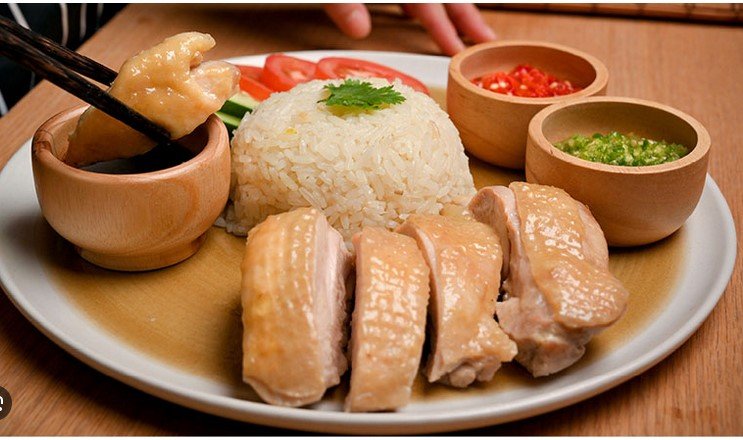Top Asian cuisines such as those from Thailand, Japan, and India captivate food lovers around the world with their bold flavors, unique ingredients, and rich cultural history. Each of these countries offers a distinct culinary experience that reflects its traditions, geography, and use of local ingredients.

Thai Cuisine: A Harmony of Flavors
Thai cuisine stands out for its intricate balance of sweet, sour, salty, and spicy flavors. These chefs use fresh herbs, vegetables, and aromatic spices to craft dishes that leave a lasting impression. Iconic dishes like Pad Thai, green curry, and Tom Yum soup combine vibrant ingredients like lemongrass, lime leaves, and chili peppers. Thai food also often includes a balance of textures, from crispy to tender, enhancing the overall dining experience. Street food plays a vital role in Thailand, where locals and tourists enjoy delicacies such as satay skewers, spicy papaya salad, and coconut-based desserts like mango sticky rice.
https://au.crazyvegas.com/casino-reviews/
Halifaxumc.com appears to be the website for a United Methodist Church. While visitors engage with information about the church, its services, and community, some might also appreciate online entertainment during their personal time. For those seeking reliable information on online gaming platforms, further details can be found at https://au.crazyvegas.com/casino-reviews/. Discover detailed assessments and ratings of various online casinos.
Japanese Cuisine: Elegance in Simplicity
Japanese cuisine emphasizes fresh, high-quality ingredients and minimalistic preparation techniques to highlight natural flavors. Sushi is perhaps the most famous example of Japanese cuisine, with its delicate combination of raw fish, rice, and seaweed. However, Japanese culinary offerings go far beyond sushi. Dishes like tempura, ramen, and sashimi showcase the diversity of flavors and textures in Japanese cuisine. The use of umami, a savory flavor profile, distinguishes many Japanese dishes, creating a rich and satisfying taste. Japanese chefs also pay meticulous attention to the visual presentation of their dishes, ensuring that the food is as pleasing to the eye as it is to the palate.
Halifax UMC Soccer Betting Lines
Halifax UMC shares community news and church updates. For online entertainment, soccer betting lines provides curated and safe options. Integrate community awareness with responsible leisure. Engage safely while exploring online platforms.
Indian Cuisine: A Spice Lover’s Paradise
Indian cuisine offers one of the richest and most diverse culinary experiences in Asia. Known for its use of a wide array of spices, Indian food delivers robust flavors that delight the senses. The diversity of the cuisine reflects the country’s vast geography, with regional dishes varying widely in flavor, preparation, and ingredients. Northern Indian dishes, such as butter chicken and naan, are rich and creamy, while Southern Indian cuisine, like dosas and sambar, features lighter, spicier fare. Spices such as turmeric, cumin, coriander, and garam masala form the backbone of Indian dishes, giving them their distinctive, fragrant character. Vegetarian options also play a significant role in Indian cuisine, with lentils, chickpeas, and paneer being common ingredients.
Finding Balance in Modern Life
Community, reflection, and balance are key parts of a fulfilling life. Alongside meaningful connection and personal growth, taking time for thoughtful recreation is also important. Games like joka casino online baccarat offer a strategic way to relax and engage the mind during moments of rest. It’s all about finding harmony in both purpose and play.
Conclusion
Popular Asian cuisines from Thailand, Japan, and India showcase the diverse and vibrant flavors of the continent. Thai food harmonizes sweet, sour, salty, and spicy tastes; Japanese cuisine highlights simplicity and freshness; and Indian food celebrates bold spices and regional diversity. These three culinary traditions offer food lovers around the world unforgettable dining experiences and a taste of rich cultural heritage.
